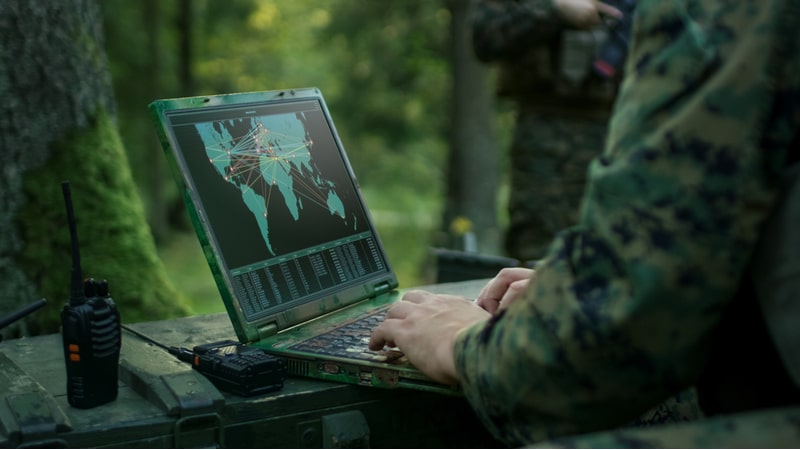
The Defense Department (DoD) is gearing up to launch the 12th chapter of its Global Information Dominance Experiments (GIDE) and this time around, the spotlight is on the Pentagon’s Combined Joint All-Domain Command and Control (CJADC2) network – particularly related to joint kill chains, global integration, and allied partner sharing – a senior DoD tech official said today.
The GIDE series – rebooted in January 2023 with GIDE 5 – focuses on refining the department’s CJADC2 capabilities. Originally launched in 2020, the series was revamped in 2022 by the DoD’s Chief Digital and Artificial Intelligence Office (CDAO) to test and optimize CJADC2 solutions every 90 days. The aim is to create a unified, vendor-agnostic data layer that enhances connectivity and decision-making across U.S. military services and international partners.
“We’re in the middle of planning GIDE 12 right now, which is about 45 days away. And our goal, from a mission perspective, is CJADC2. [CJADC2] is the 21st century way of warfighting, making decisions,” Col. Matthew Strohmeyer, GIDE 6 mission commander at the DoD’s CDAO, said today during GDIT Emerge in Arlington, Va.
Strohmeyer outlined three primary missions for the upcoming GIDE 12.
The first is global integration, aimed at enhancing the ability of the joint staff, combatant commands, and international allies to collaboratively assess and respond to global events According to Strohmeyer, this mission seeks to improve decision-making speed and effectiveness by shifting from a “regional [perspective] to a truly global and digitized approach.”
The second mission centers on enabling joint kill chains, which involves streamlining the coordination required to conduct integrated military operations across various services.
The third mission addresses data sharing efforts among allies and partners. According to Strohmeyer, the third mission is “a uniquely complex challenge” because it involves navigating issues related to cross-domain solutions and multi-classification security, ensuring effective and secure data exchange.
Additionally, Strohmeyer explained that for GIDE 12, the department plans to build on the minimum viable capability delivered last year.
Last summer, Deputy Secretary of Defense Kathleen Hicks challenged the CDAO and its mission partners to deliver a minimum viable capability for CJADC2 by the end of 2023. CDAO and its partners used the GIDE Series to set a very fast-paced effort to get the initial iteration across the finish line.
“Several elements of last year’s minimum viable capability are currently in use in real-world operations,” Strohmeyer said, adding that for GIDE 12, the team will have a particular focus on Command, Control, Communications, Computers, Combat Systems, and Coalition Collaborative Planning capabilities.
“We are hoping to build on what was a minimum viable capability last year that we delivered, which didn’t mean it was perfect. It meant that it was performant. Our goal [with GIDE 12] is to significantly expand its capabilities and test it in a robust operational environment,” Strohmeyer said.
He added that the department aims to “achieve true global integration with allies and partners against a robust mission set,” while ensuring that the system performs effectively and is ready for operational use,” Strohmeyer said.
“Essentially, it’s taking hundreds of people … and thousands of man hours [to] collaborate … in a truly digital collaboration that can allow us to be able to get in advance of our adversaries and hopefully deter a fight from happening,” he said.
